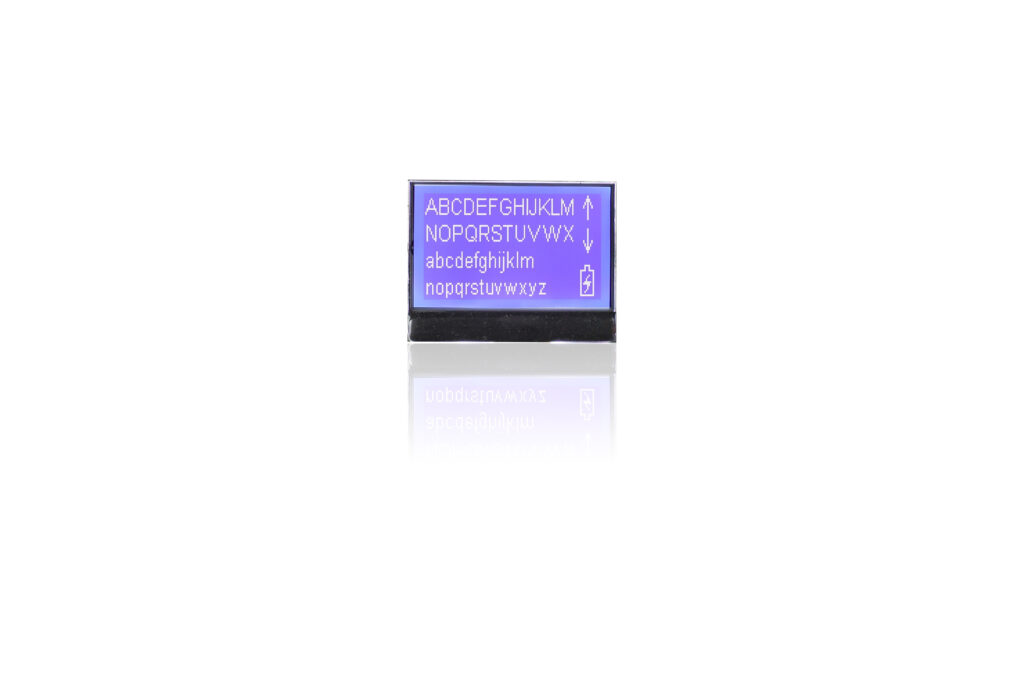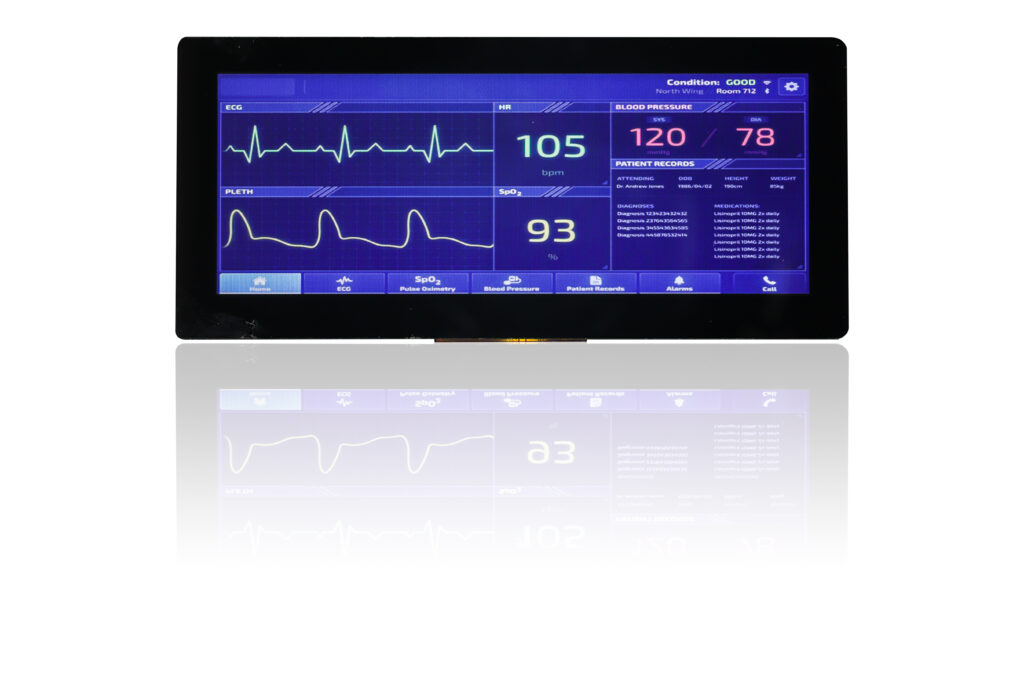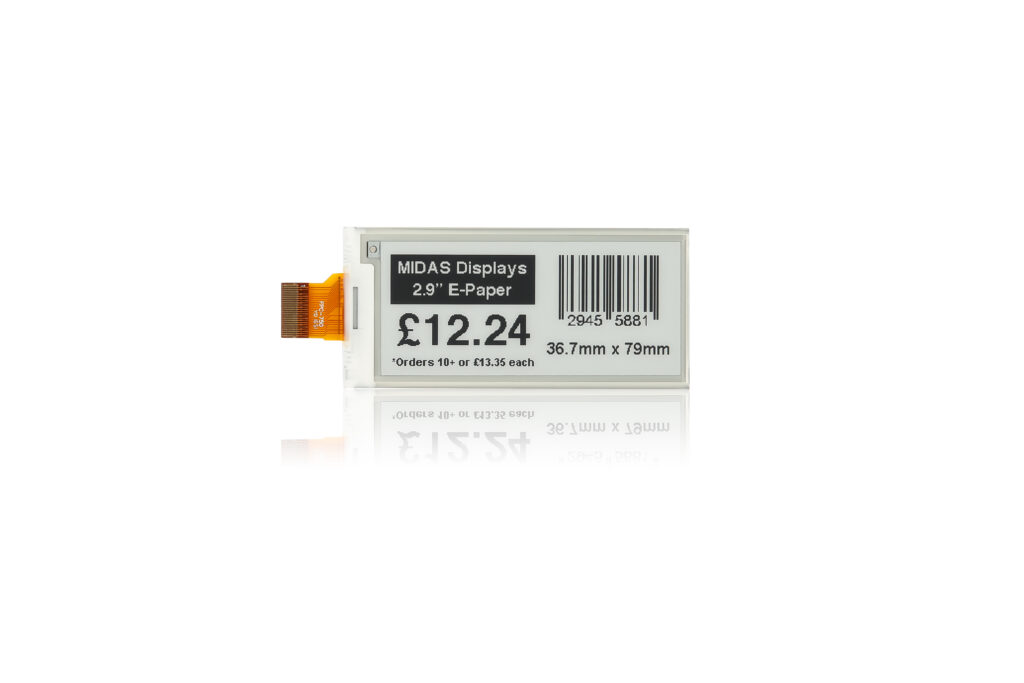Displays play an active role in all environments of our lives – at home, in the workplace, when travelling, and in leisure venues.
Electronic displays provide visual information and data, to be easily consumed by the target audience. There are many different types of displays technology available, but what do you need to consider when selecting the correct display for a specific application?
Application value – if your application is being designed with a high-end price point, you may need to consider a high-quality display to match the application design. For example, a TFT display with IPS technology (for high quality all-round viewing angles), and high brightness, will ensure that the product looks impressive visually.
Type of information – a simple character LCD or OLED may be appropriate for displaying a basic level of information, such as a security panel simply stating ‘armed’. However, if you want to promote something you are going to want an eye-catching display, such as a TFT which provide a full colour, graphic, image or video.
Environment – If the application is going to be outdoors, you will need to consider how the display will perform in direct sunlight. There are reflective displays that work well in this situation and modules that can be enhanced to cope with such environments. Also, extreme temperatures can cause displays to experience failure or issues, and some technologies can cope better in harsh, cold, or hot, temperatures.
Enhancement – if the product requires some form of user interaction, you may consider touch screen technology. TFT technology is most suited for touch screen applications, with some OLEDs also capable. Displays can also be enhanced in many ways, such as adding cover glass which can improve a displays durability, and sunlight readability.
Budget – display technologies vary in cost. Monochrome LCDs tend to be the best option for a low-cost application that needs to display basic character or graphic information. TFTs would be the most expensive option, however, this comes down to the specification required. Smaller, less technical TFTs have become more economical as the technology has developed over time.
When all the above has been considered, you will be in a good position to select the appropriate technology. Below is a brief breakdown of the four main display technologies.
Monochrome LCD
This technology is the oldest technology, but it certainly still has a valuable role to play in the market. These displays are easy to interface, with simple character and graphic options available. They are most used in low-cost applications, such as fire and security panels.

TFT LCD
TFT display technology is improving all the time. These displays cover a huge range of the market and are generally considered the most ‘premium product’. High bright displays, IPS all-round viewing angles, touch screen technology, and high-definition resolutions are just a few of the key features.

OLED
A simple way to describe this technology would be a much-improved LCD, although the display is a completely different technology. They have brighter text/graphics on a true black background and are viewable from all angles.

E-Paper
This is a relatively new technology which is ideal for ultra-low power applications. The bi-stable technology enables the display to retain the image, even when the power is disconnected. The most recognisable application for this technology now is shelf-edge labelling.

Contact Karl Kruse at Schirmer Strasse 59, 40211 Düsseldorf
by phone at + 49-211 27403530, e-mail to info@kruse.de or in the shop at www.kruse24.com.
